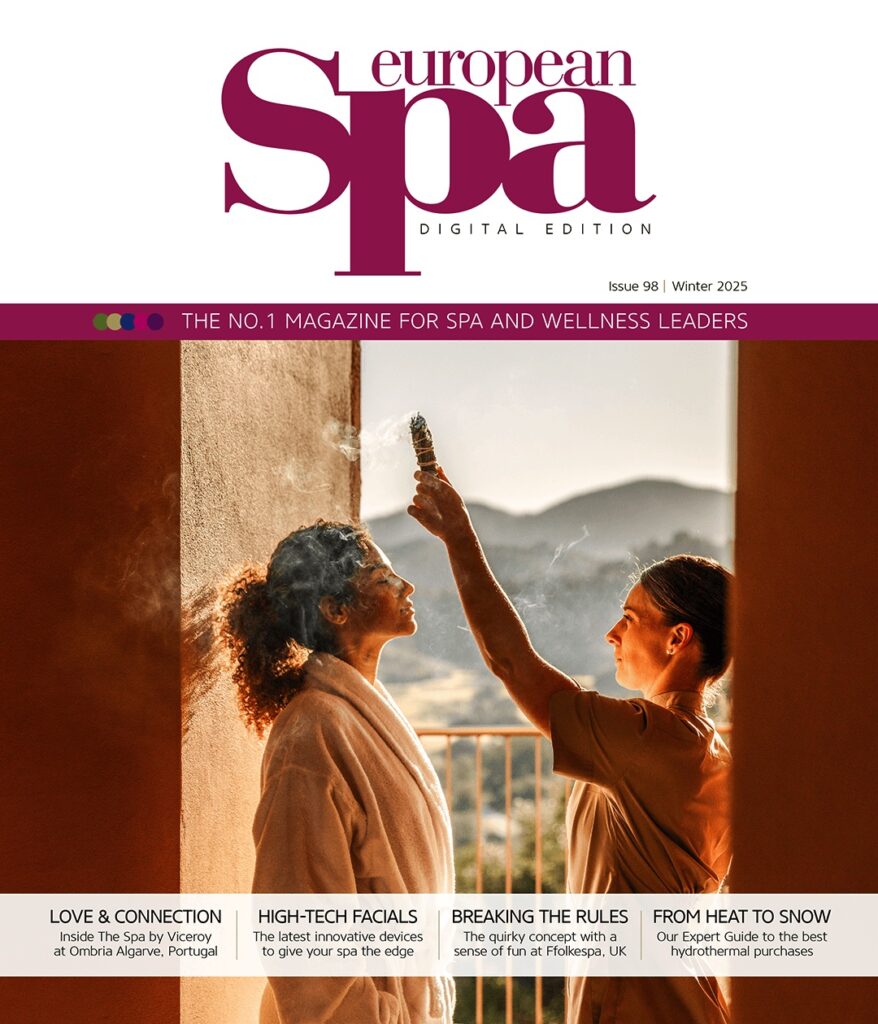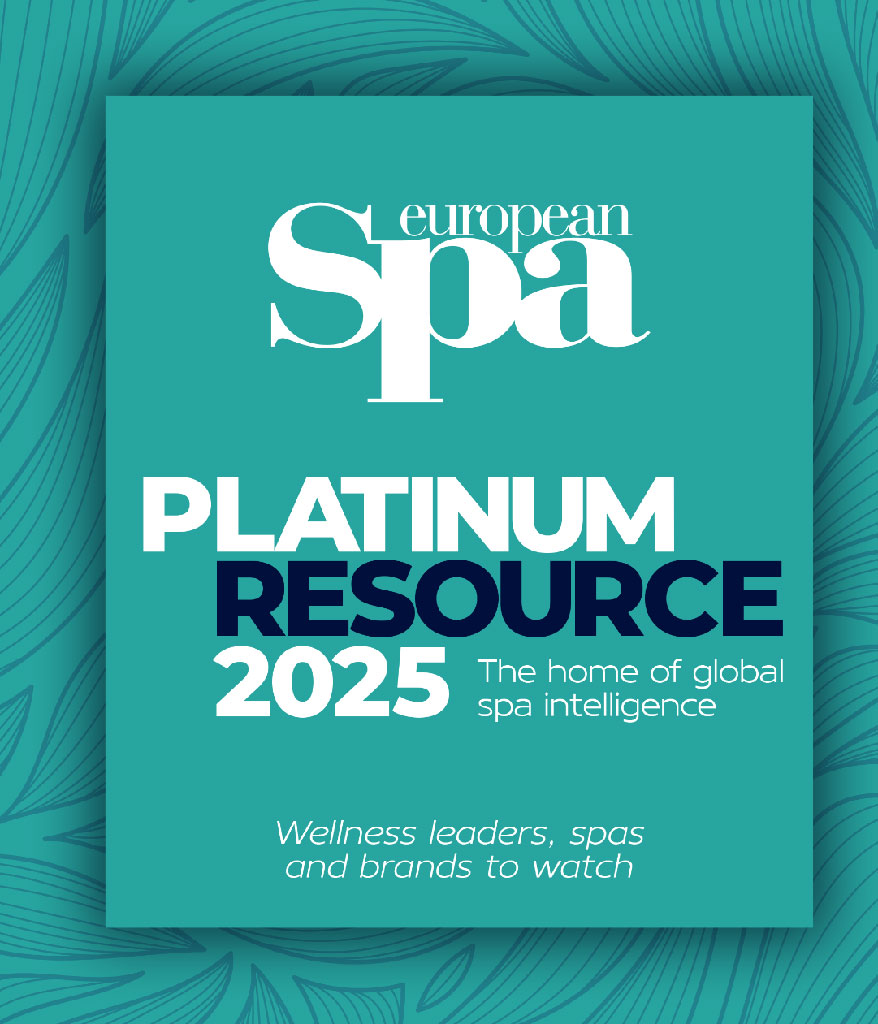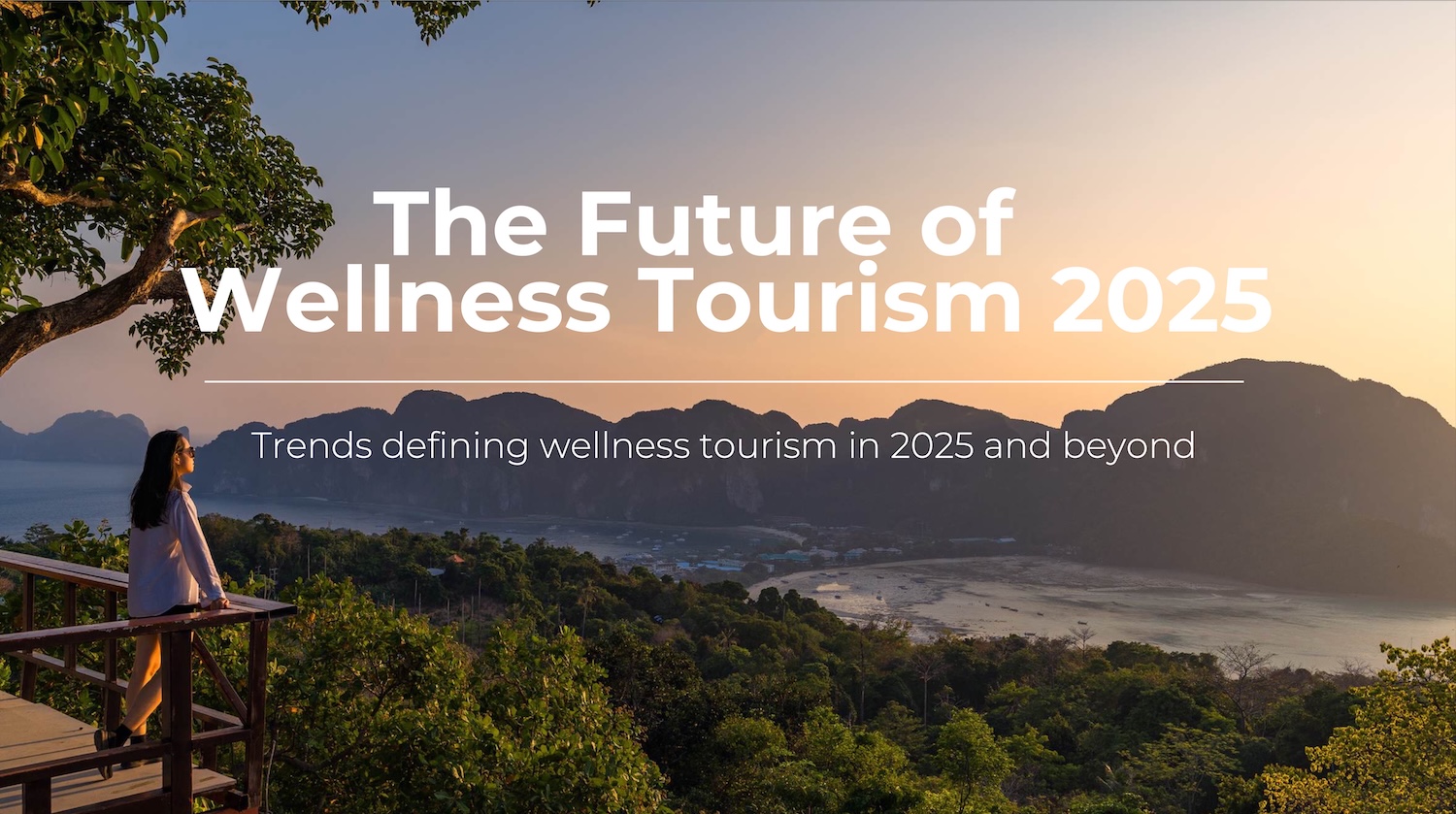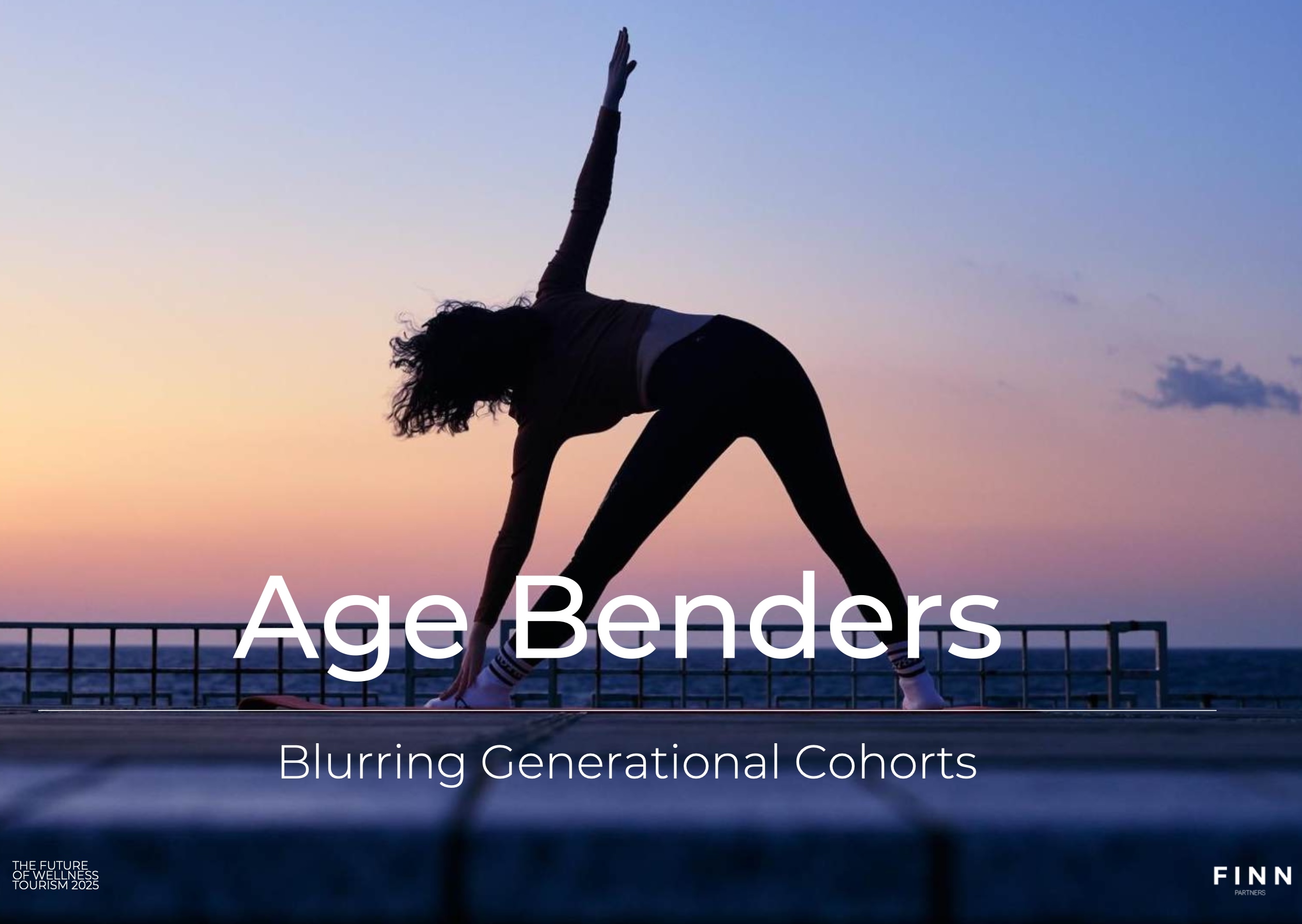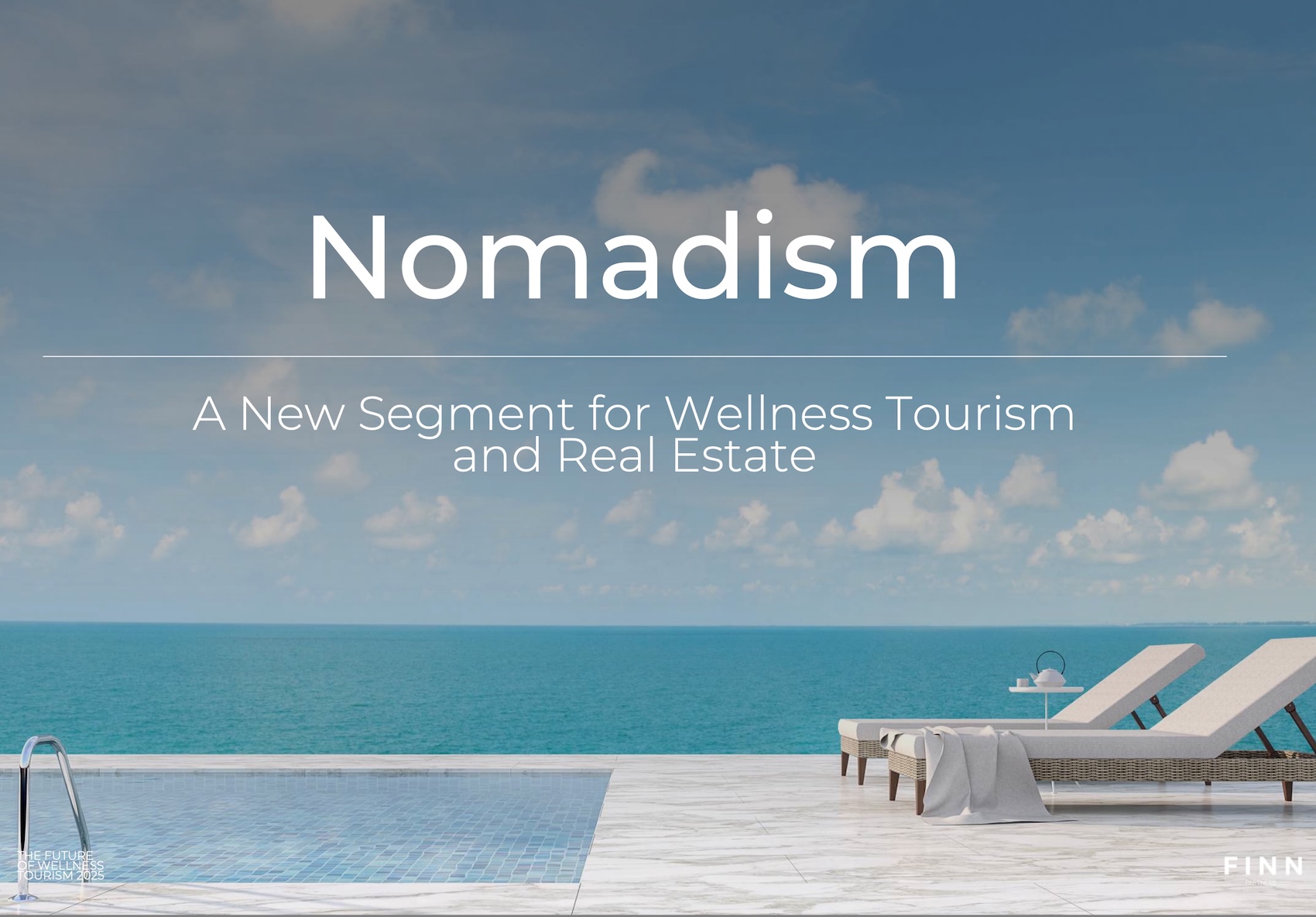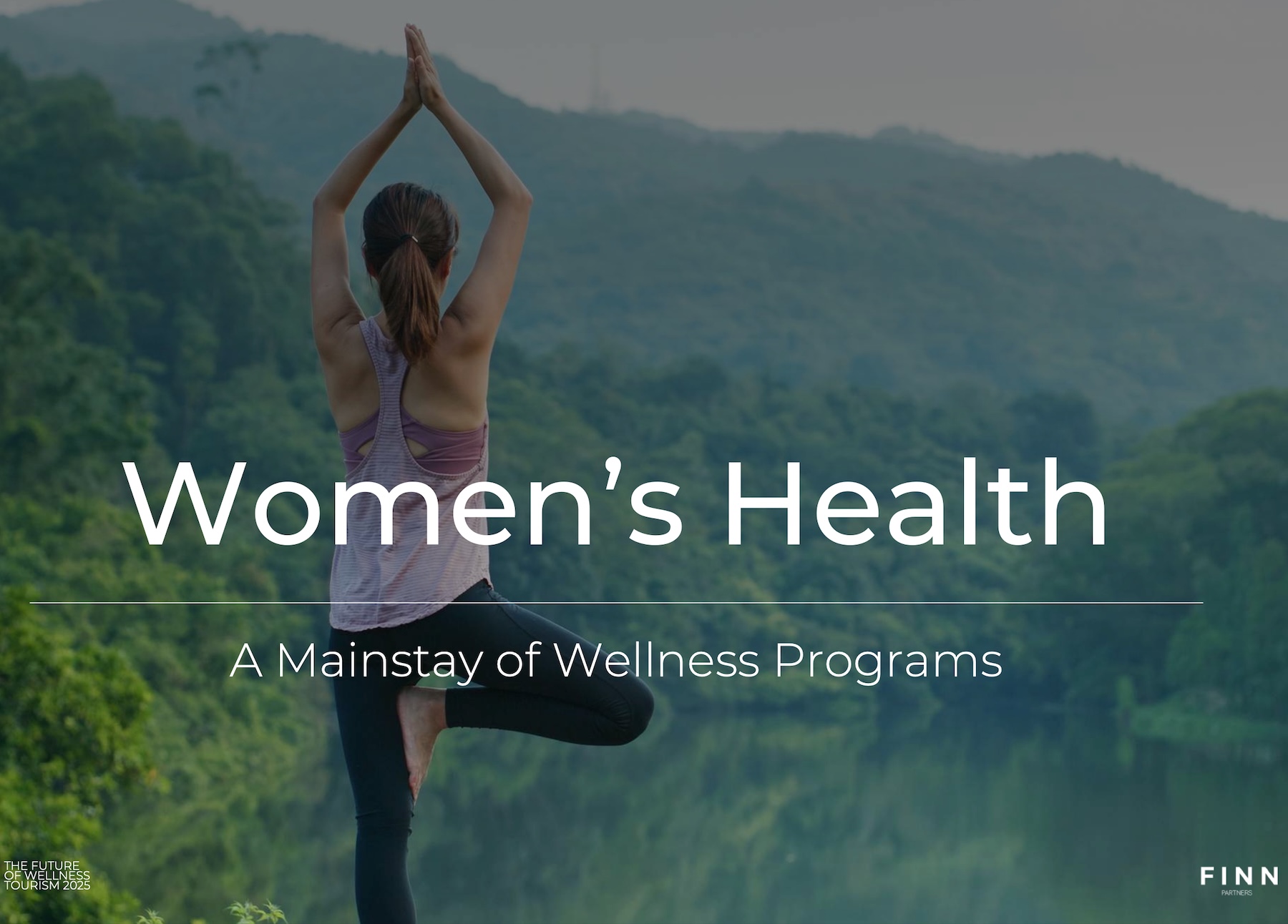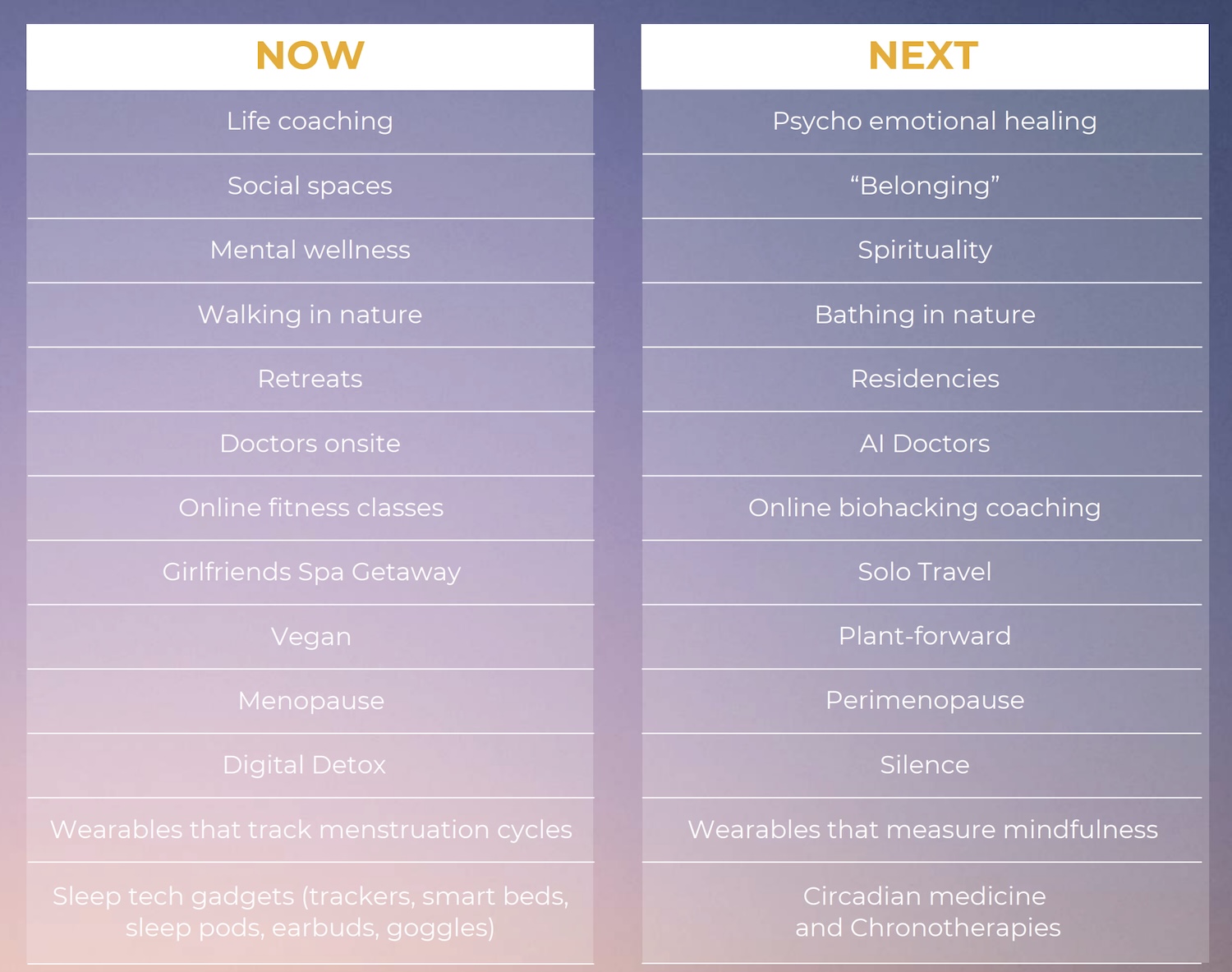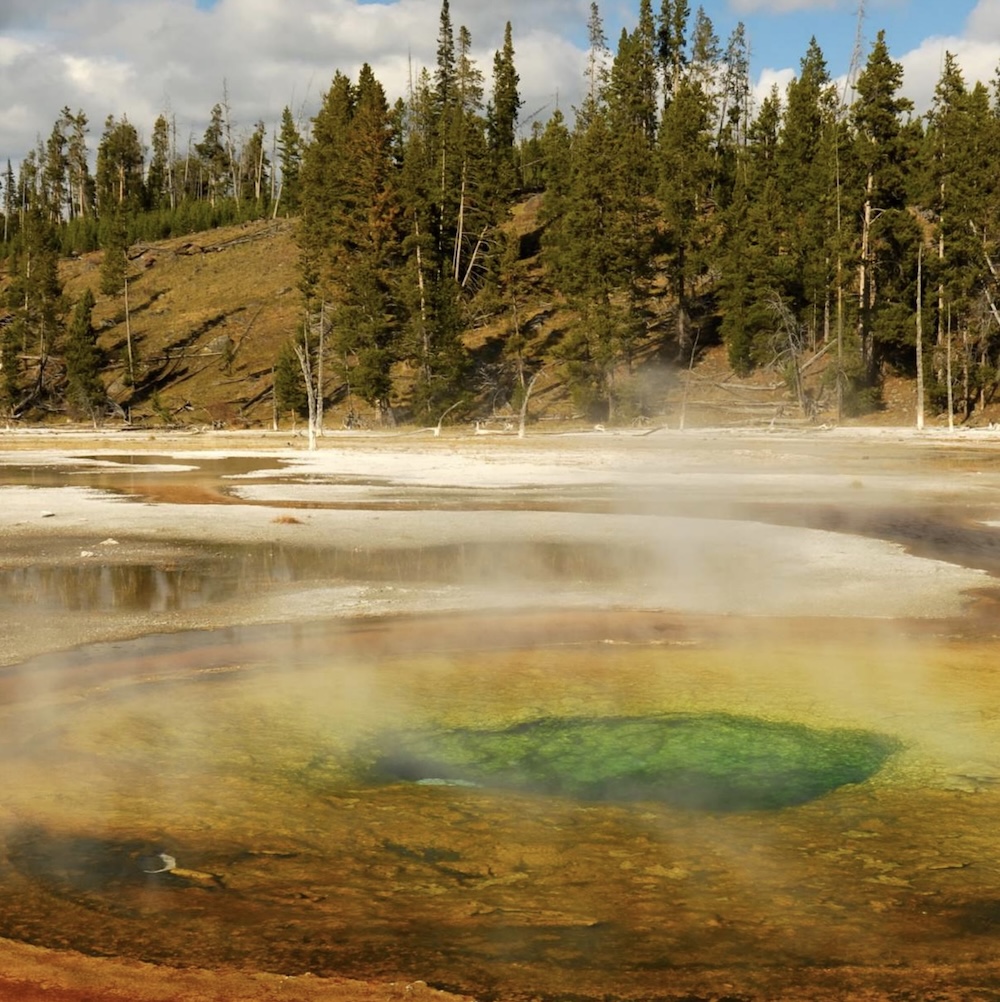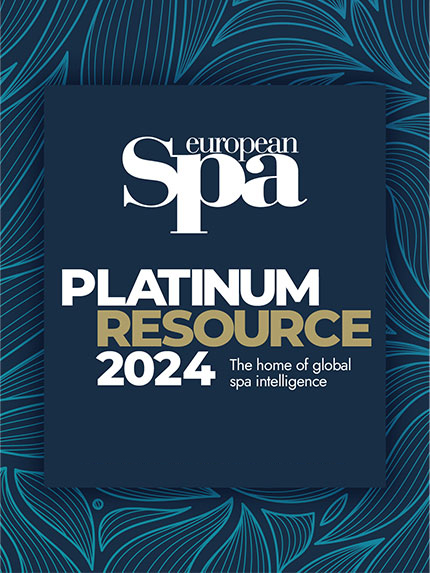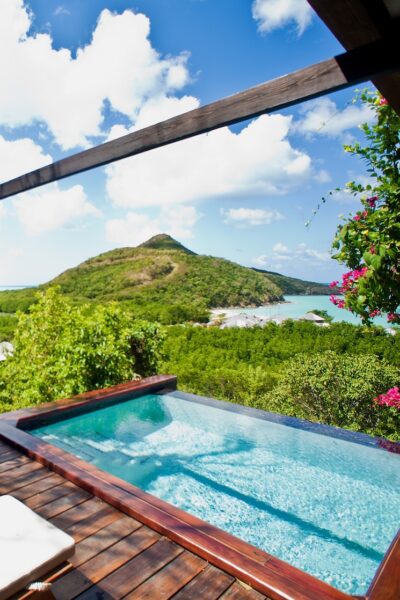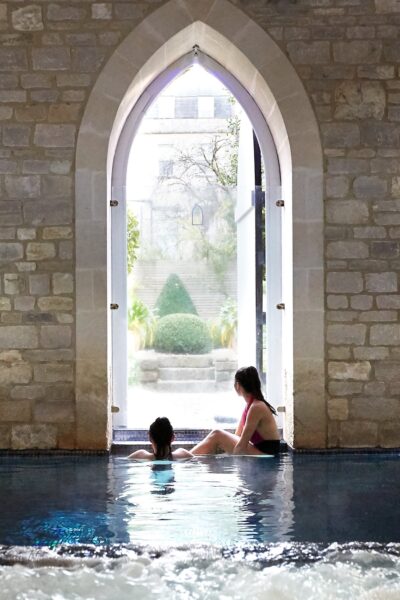Finn Partners’ new Future of Wellness Tourism 2025 report forecasts the trends set to define wellness tourism in 2025 and beyond.
The publication predicts emerging shifts and hotspots where wellness will take centre stage and shape global tourism in the coming year.
Finn Partners, an integrated marketing agency, predicts we are entering a ‘golden age of wellness tourism’, with awareness and appreciation for health and longevity at an all-time high.
Unveiled at the 2024 Global Wellness Summit, the report includes data and specialist insights into trends, from new generational cohorts changing how products will be made to technology radically changing guest experiences.
“There was a time when all a hotel needed was a massage table, a steam room and a sauna to attract guests,” says Cathy Feliciano-Chon, managing partner of Finn Partners’ Global Travel Practice.
“Today, wellness is everywhere, as travellers seek inventive ways to enhance their personal wellbeing.”
